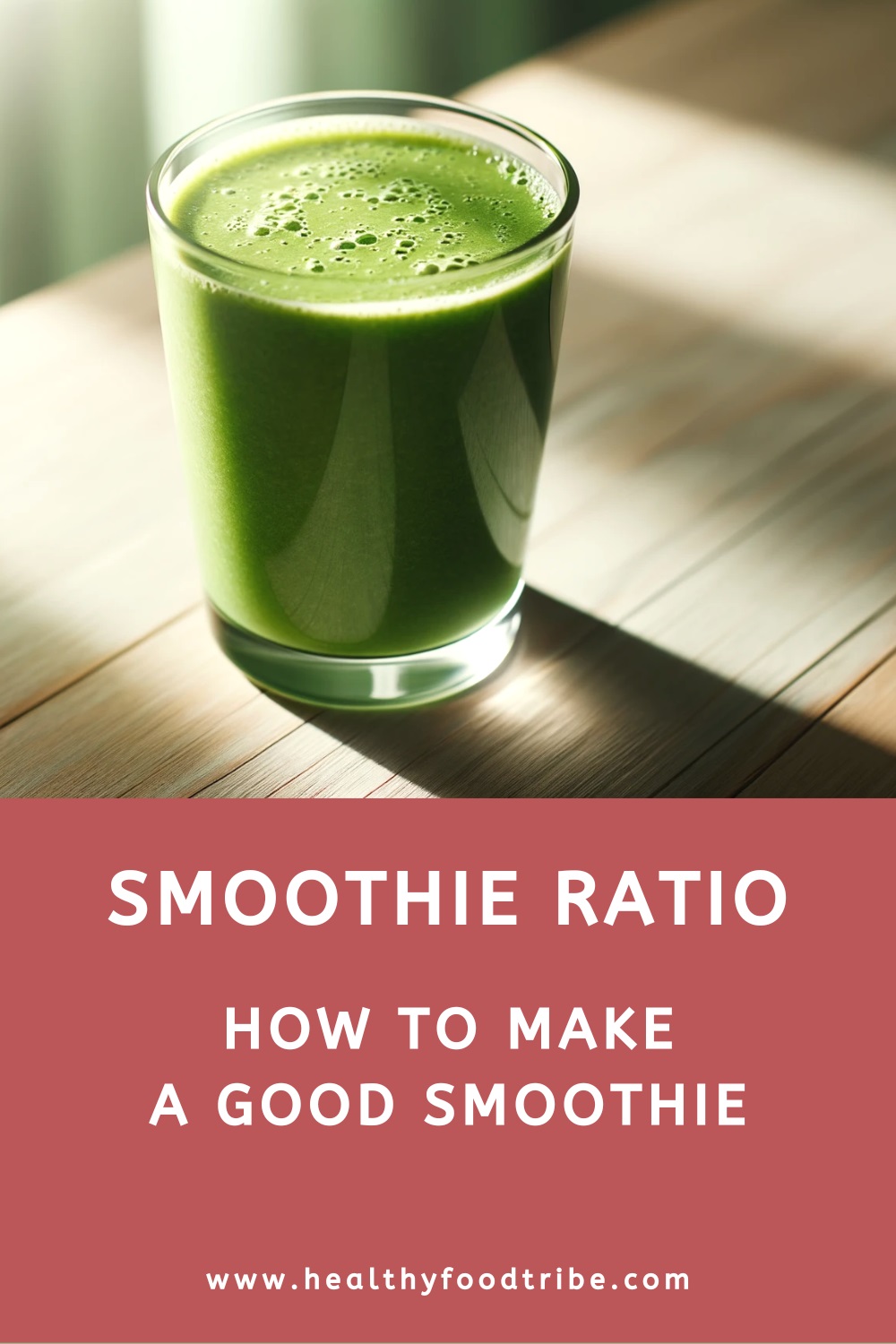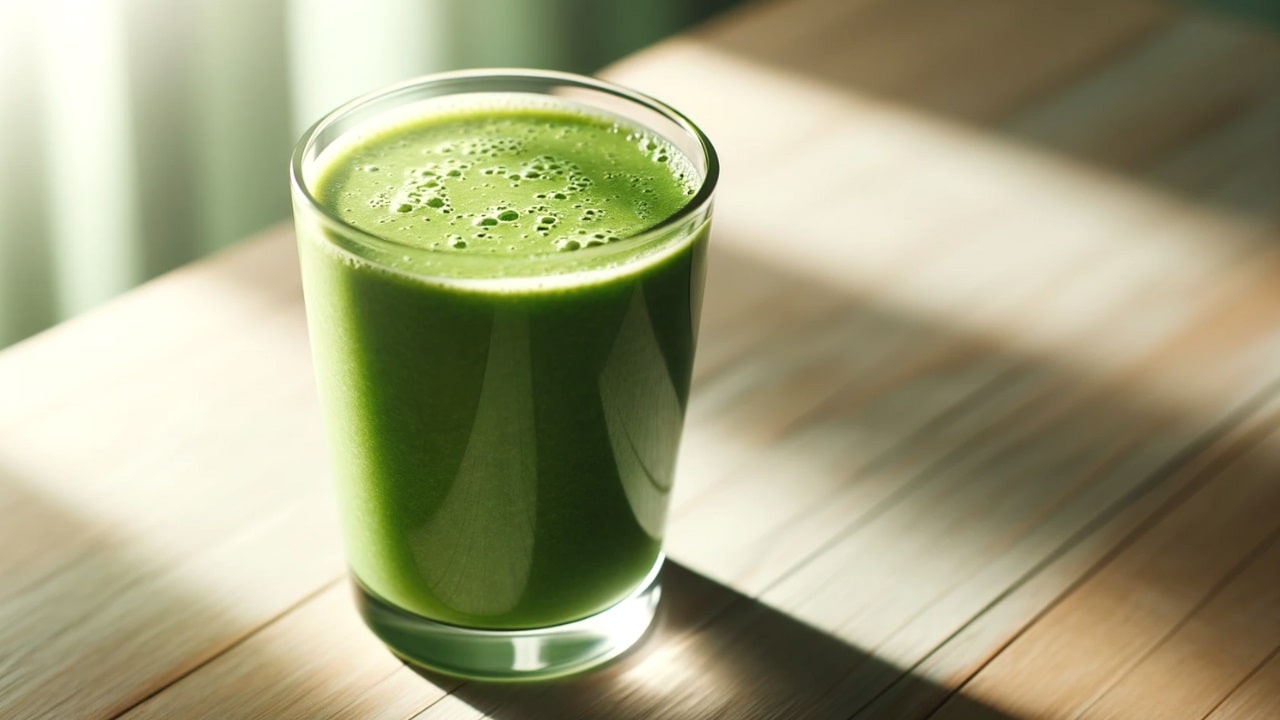Last updated: October 23, 2023
A good smoothie ratio allows you to prepare a well-balanced smoothie with the perfect combination of flavors, nutrients, and texture.
Preparing a nutritious smoothie that not only tastes good but also has that perfect texture is not as easy as it may seem.
Instead of sticking with a proven smoothie ratio, I used to mix all sorts of ingredients together in my blender, hoping something magical would come out of it. But all too often, my smoothies ended up tasting bad, or they would be too thick.
So, how can you avoid making the same mistakes? By using a good smoothie ratio that works for you. A proven formula that always results in a delicious drink with a creamy texture and a good balance of nutrients.
Why Is Making a Good Smoothie So Difficult?
You’d be forgiven for thinking that creating a smoothie is easy. Simply throw a bunch of fruits and vegetables in a blender, add some water or milk, and the blender will do the rest.
Unfortunately though, blending that perfect smoothie, one that is tasty as well as nutritious is not always that simple. A lot can go wrong in the process!
There are many things to consider, such as flavors, texture, and nutritional value. Some ingredients don’t work well with others, some have too strong flavors, and then there are ingredients that can mess with the texture of your smoothie.
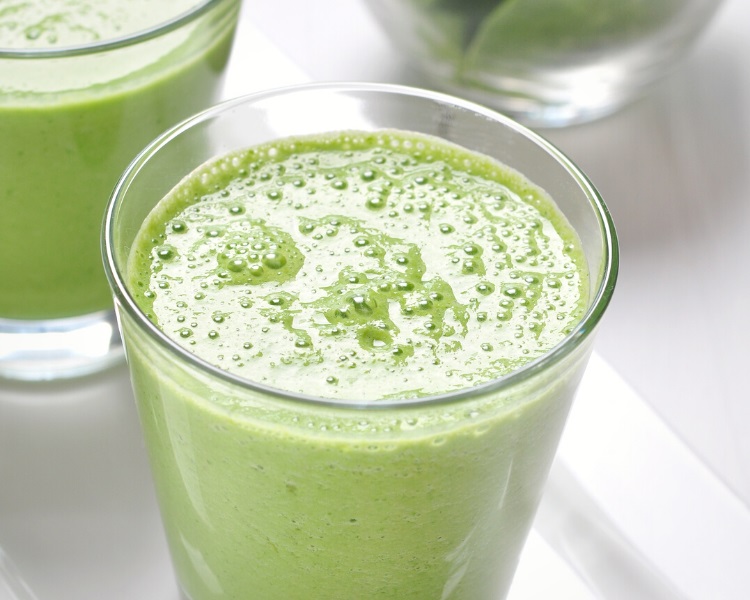
Chia seeds and avocados, for example, can make your smoothies very thick, so you need to be careful with how much you put in there.
You also need to find a good balance of sweet fruits and leafy greens. We all love the sweetness of fruit, but it’s the vegetables that typically provide the most nutrients.
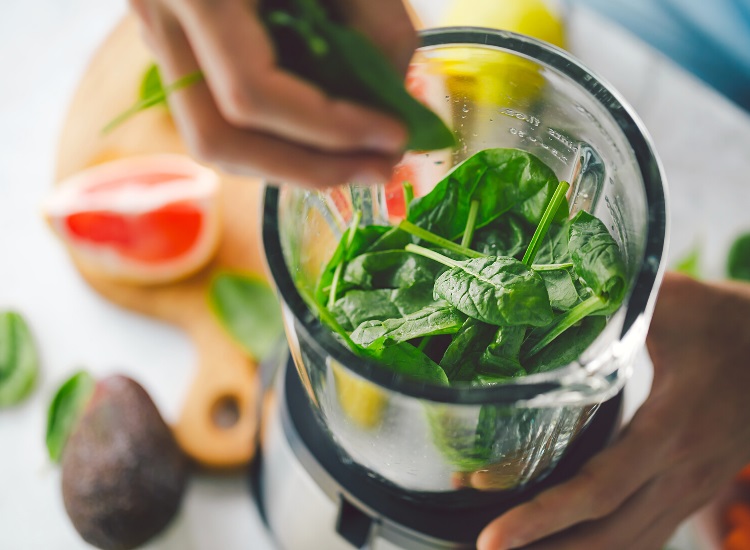
A lot of this comes down to experience. The more often you blend, the better you’ll be able to figure out what works and what doesn’t work for you.
I personally also keep track of recipes that worked and that I liked, just so that I can easily make them again in the future.
The Perfect Smoothie Ratio
Let’s be honest; the perfect smoothie ratio doesn’t exist. A lot of this will depend on what your personal preferences are.
But even though it’s hard to cater to everyone’s taste buds, a good smoothie ratio does help with creating a good texture and healthy balance of nutrients in your smoothie.
A smoothie ratio works like a formula, or a template. A lot of people create smoothies based on their past experiences. A template is something that you can keep using for new smoothie recipes. It forms the basis for all of your future blender creations.
The below smoothie ratio works quite well for me, and I typically use it as a guideline for all my recipes. It’s a template that allows me to create endless variations.
This template serves two people. Also note that the ingredients go into the blender in corresponding order, with softer ingredients closer to the blades at the bottom:
- Liquids (1 large cup)
- Fruits (2 large cups)
- Greens (2 large cups)
- Thickener (optional) (1 small cup)
- Proteins (1 small cup)
- Extras (1 tablespoon)
- Ice (1 small cup)
Let’s dive in!
1. Liquids
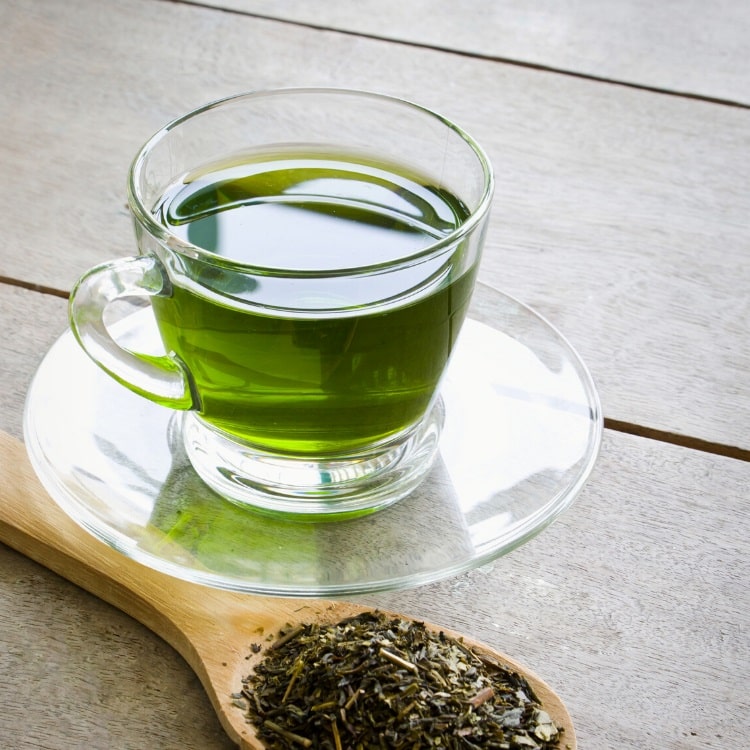
Every smoothie needs liquid to blend everything together. Plain water works fine, as it doesn’t interfere with the flavors of the smoothie.
Alternatively, you can use milk, or almond milk. If you like a bit more sweetness, use coconut water or orange juice. Green tea also works as a smoothie liquid base, believe it or not.
You can also mix water with any of these other types of liquids.
>> Add 1 large cup of liquids.
2. Fruits
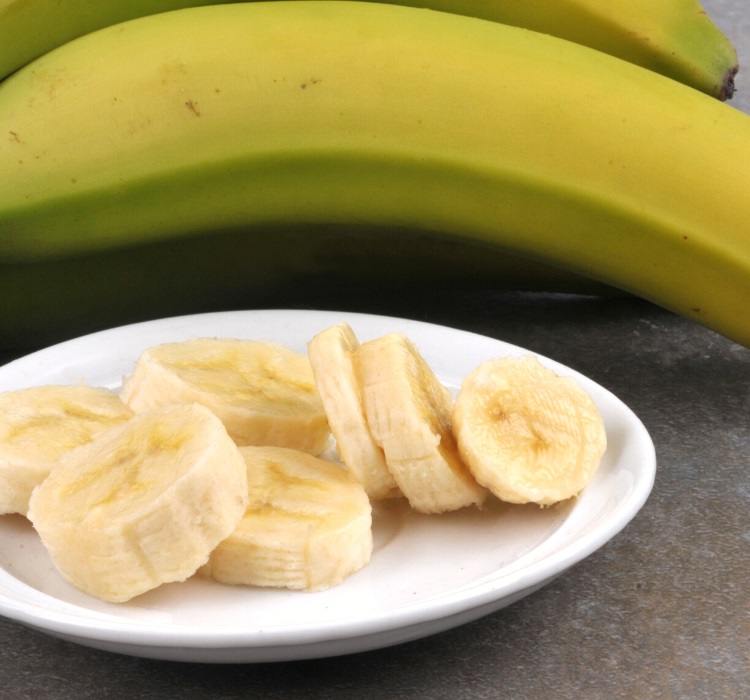
You can blend any fruit you want, but just be mindful that some fruits are sweeter than others. Fruits can also impact the texture of your smoothie. For example, bananas can make smoothies a bit thicker (more on that further below).
It’s worth freezing in portions of chopped-up fruits, not only to make it easier to get the ingredients together but also to keep your smoothie nice and cold.
>> Add 2 large cups of fruits.
3. Greens
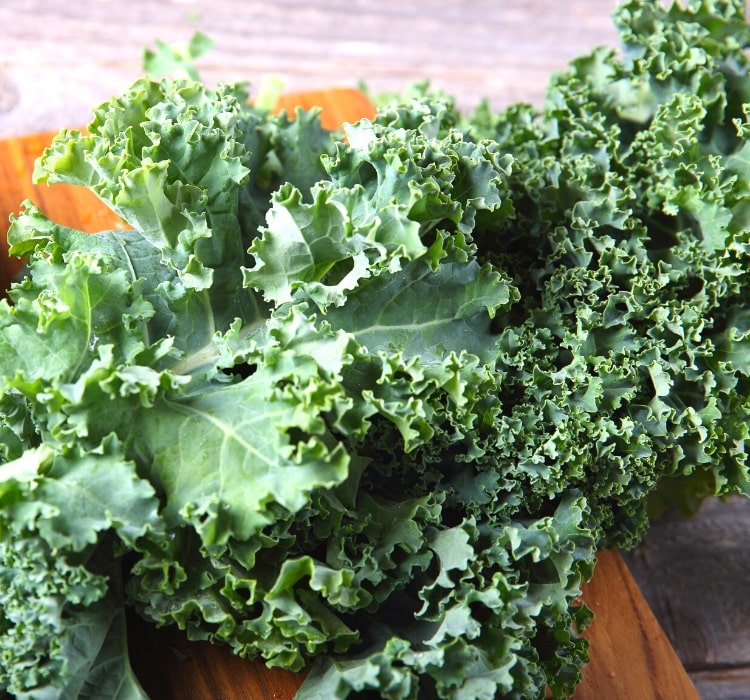
This is my favorite part because leafy greens provide the most nutrients. And blending greens is one of the easiest ways to get those vital nutrients in.
Examples of vegetables that I often blend in my smoothies are spinach, collard greens, beet greens, and kale. These are some of my favorite green vegetables.
Like with fruits, some vegetables are a bit harder to blend and can increase thickness. Carrots, for example, are not the easiest ingredient to blend and may require a bit more water.
>> Add 2 large cups of greens.
4. Thickener (optional)
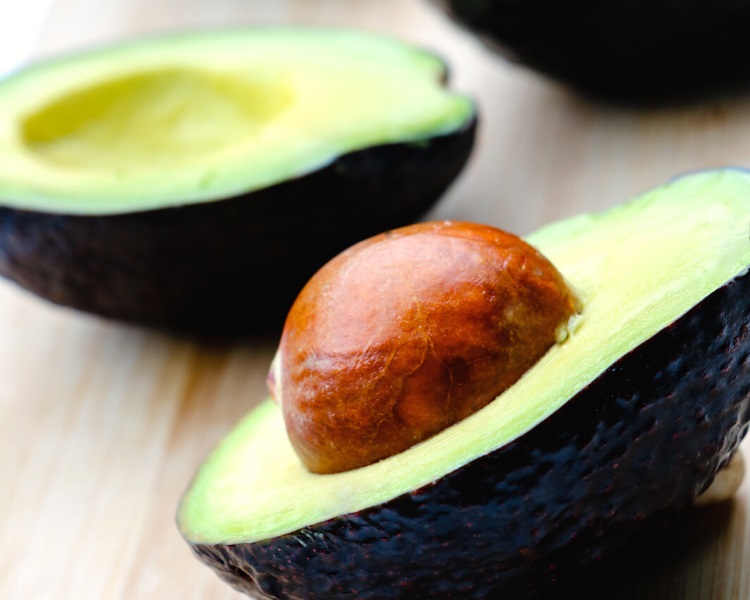
Adding a thickening ingredient is entirely optional, and this will depend on your taste buds and also on the other ingredients you’re going to put in your smoothie.
I personally love smoothies that are a bit thicker as they make you feel more satisfied. As such, I almost always add something like Greek yogurt or avocado.
As mentioned above, bananas can also help to make your smoothies a bit thicker, in which case you wouldn’t need to add a thickening ingredient.
>> Add 1/2 avocado or 1 small cup Greek yogurt.
5. Proteins
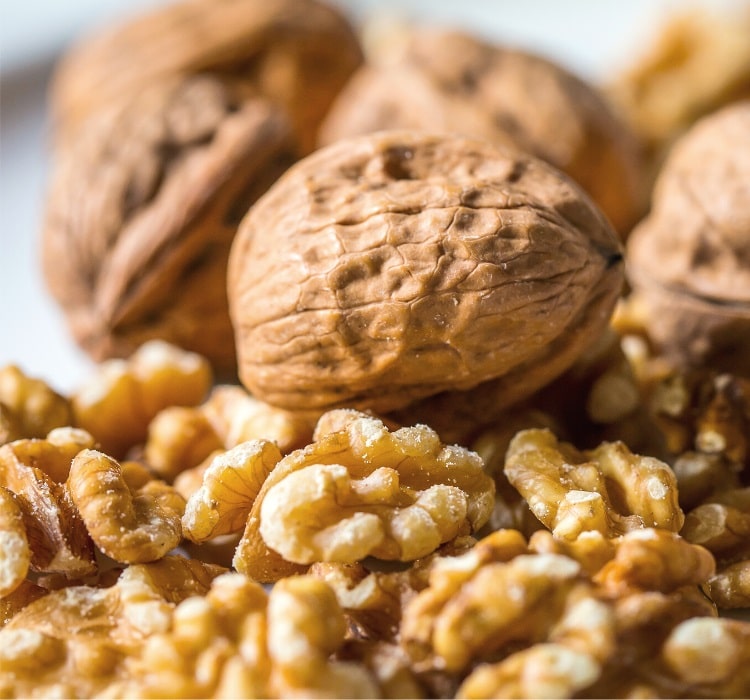
Some leafy greens are actually quite rich in protein, but adding a handful of nuts can give your smoothie a real protein boost.
Other protein-rich sources suitable to add to your smoothies are hemp seeds and nut butters, just to name a few.
>> Add 1 small cup worth of proteins.
6. Extras
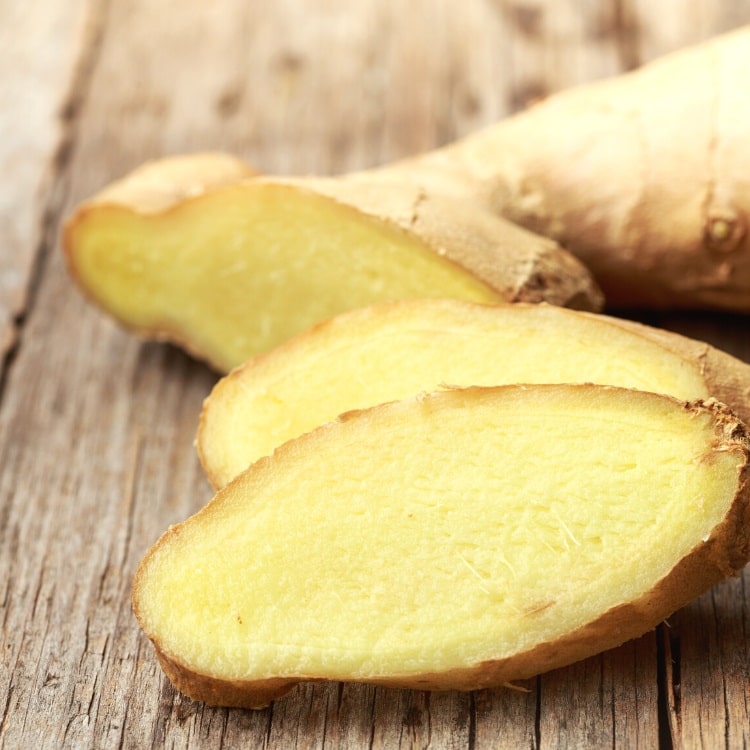
When preparing a smoothie, I always try adding extra ingredients just to add more nutrients and flavors.
Some of these smoothie add-ins have potent flavors, so it’s important to be conservative when adding these.
I personally love adding honey, ginger, or a bit of lemon to my smoothies for extra flavors. Other examples of extras are spirulina powder, turmeric powder, and even egg shells.
Typically, one tablespoon worth of these extras is more than enough.
>> Add 1 tablespoon worth of extras.
7. Ice
Adding a handful of ice cubes at the top is an absolute must to keep the temperature of your smoothie low.
A smoothie should be cold and fresh, and ice cubes can take care of that. However, if the fruits you’re putting in your smoothie are frozen, you don’t necessarily need to add extra ice.
>> Add 1 small cup of ice cubes.
